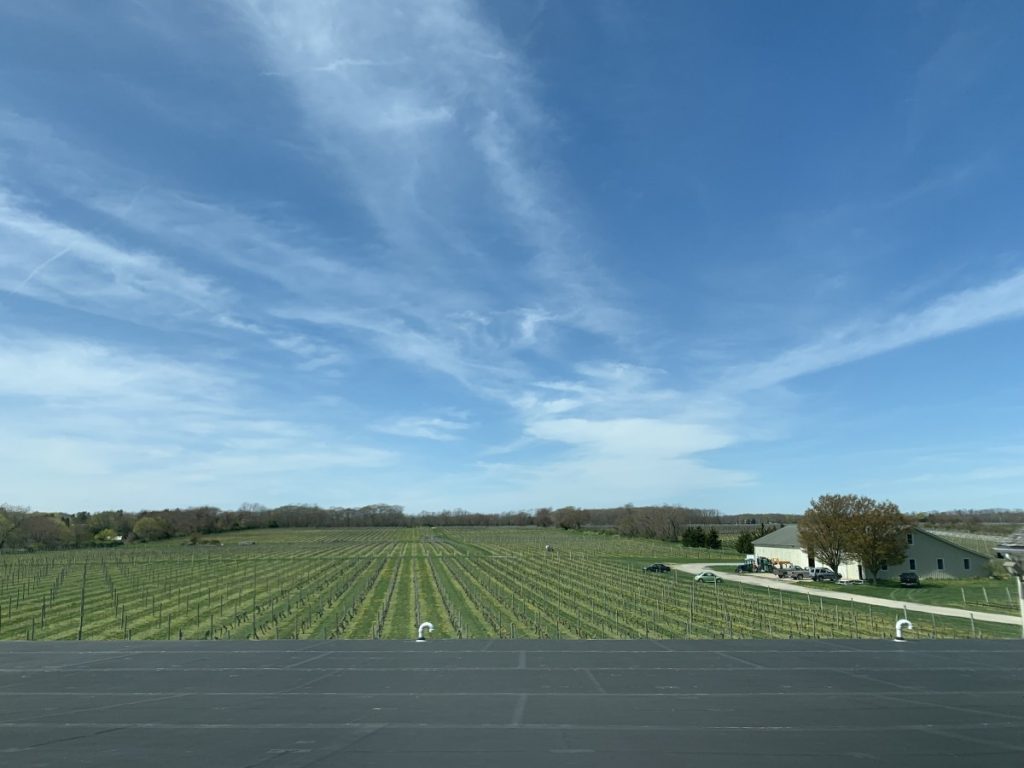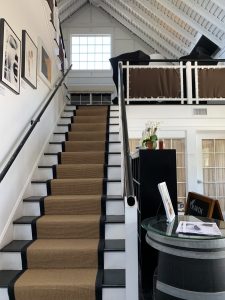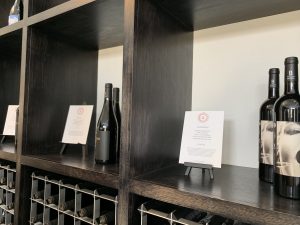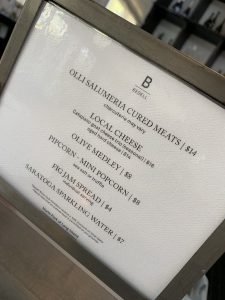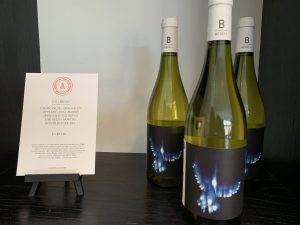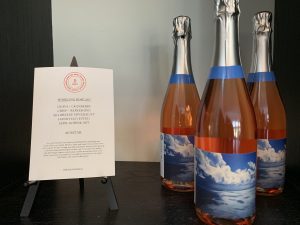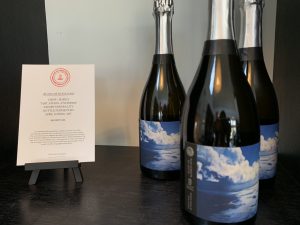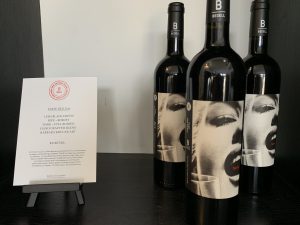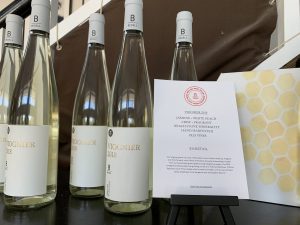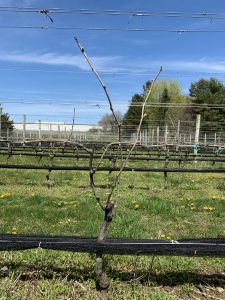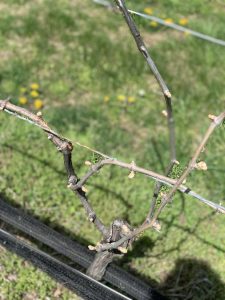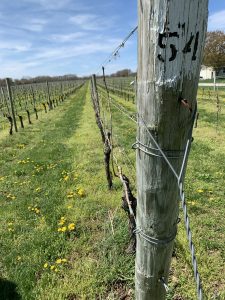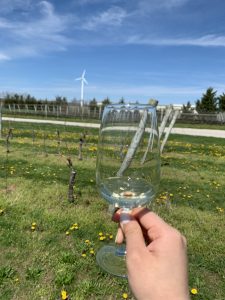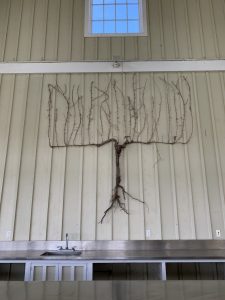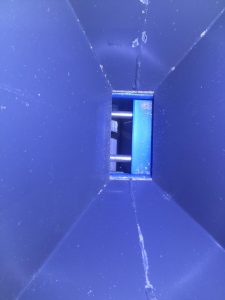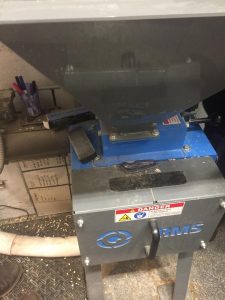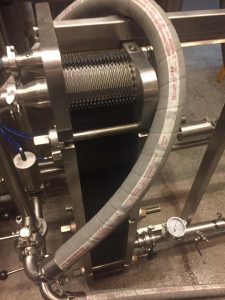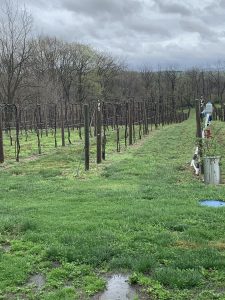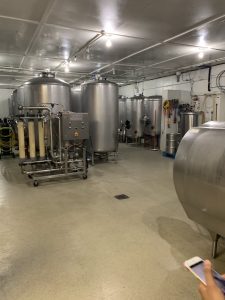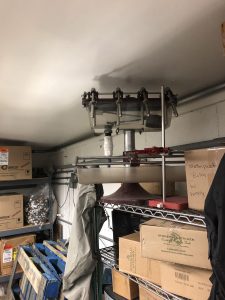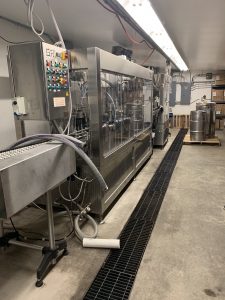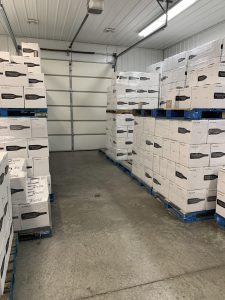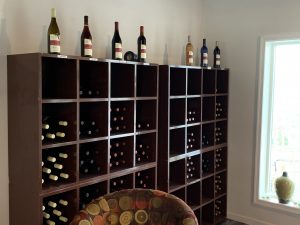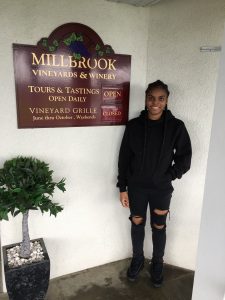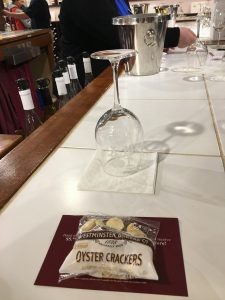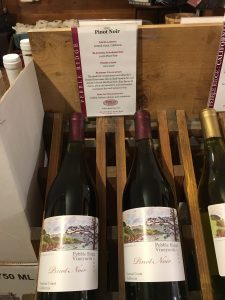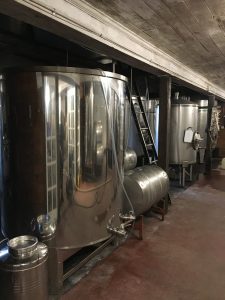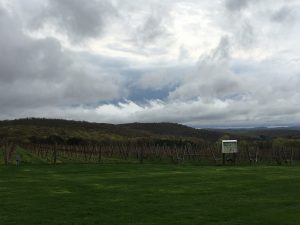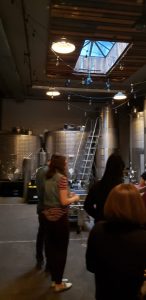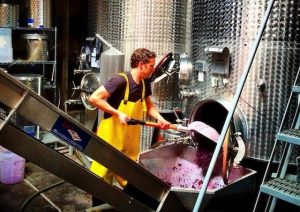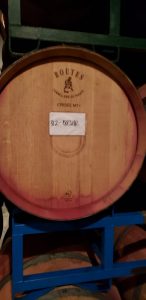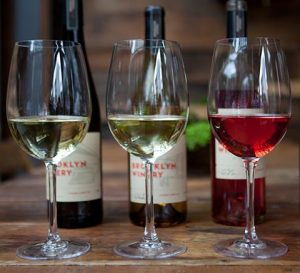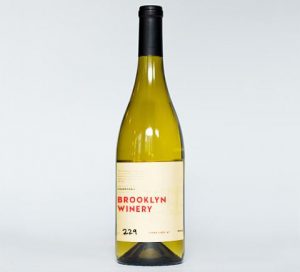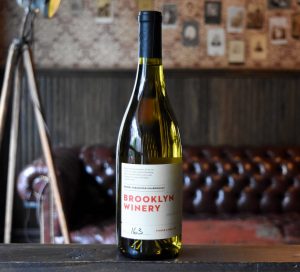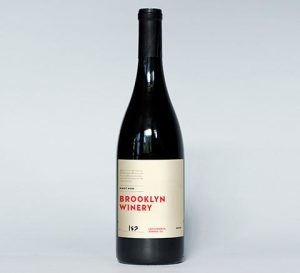BEDELL CELLARS
36225 Main Road, Cutchogue, New York, 11935, USA
Located in North Fork of Long Island AVA(American Viticultural Area), Bedell Cellars is home to artisanal and sustainable quality wine. Spanning over 80 acres, the friendly team at Bedell Cellars offers tours, tastings, and even event planning to host the perfect dreamy wedding. Family owned and critically acclaimed, this estate winery exhibits nothing but the best: wine, environment, service, aesthetics.
Consisting of three vineyards; Bedell, Corey Creek, Wells Road; sustainable practices throughout all ensure that the land and all surrounding it are protected. Certified sustainable for many years by the Long Island Sustainable Winegrowing organization, Bedell Cellar takes prides in all it’s viticulture and vinification practices. Grapes are grown without pesticide, hand picked for what is only needed, then made into small batches of wine. All the grape seed and skin is then composted back into the land with all the vine cane prunings to use as natural fertilizer. With these processes, there are minimal chemical affecting the land, the grapes, the farmers, and the society.
North Fork Long Island AVA consists mainly of terroir derived of glacial soils surrounded by a cool maritime climate (LIWCNY, 2015). Bedell Cellars portrays that exact of its’ AVA, with vines planted into loam and sandy gravel. Typical to the grape varieties of Long Island (Harris, 2015), Bedell produces wines from Sauvignon Blanc, Chardonnay, Cabernet Franc, Merlot, Malbec, and even some unique varieties such as Viognier, Petit Verdot, Albariño, Pinot Gris, and Syrah. Most of their wine features a light to medium body, moderate acidity and refreshing taste, that of the North Fork style. To make their wine a bit more interesting and unique to North Fork, Bedell uses 100% natural yeast indigenous to the land, derived from local fruits and flowers. Everything is hand produced, from harvesting to sorting to juicing, using solely gravity to produce wine such like the ancient times. Musts are then aged in 3 different barrels, oak barriques, stainless steel inerts, and imported clay vessels, also known as qvevri (Weltman, 2018). For blends, over 50 batches of different vintages are created to carefully and meticulously create their distinct taste. In the end, all of their wine beautifully portray North Fork’s terroir and climate, refreshingly crisp and slight mineral taste.
Arriving upon the vineyard, guests are greeted by the large and open tasting room located in their main building. Walls are shelved to hold their collection of bottles for sale, along with other merchandise such as honey specifically bottled for Bedell and souvenir items. To the right of the entrance is where the office is located, along with stairs that lead up to the intimate fire place and crow’s nest. View of the aging and bottling room cause be seen through glass panels, along with a panoramic window view of the entire vineyard. Guests are welcome to enjoy their tasting in any of these areas, along with the bar where all the wine and snacks are served.
Bedell offers a tasting flight of 5 wines for $20. Additional wine are offered for tasting at $5, with the option of a full glass, take home, or enjoying in site, all at additional charge. The tasting flight includes a rose, 2 white varieties, and 2 red varieties. A menu of snacks is offered as they do not allow outside food, but do provide the basics such as cured meats and cheese or popcorns. The tasting room personnel is extremely knowledgeable with the practices of the vineyard and how everything is done.
Many of Bedell’s bottles are labeled with beautiful artworks, while some were not. Asking the tasting personnel, he was able to explain that only the blends are labeled with an artwork, while the single grape varietal wines were just labeled as is. Furthermore, the artworks come from the owner’s private collection in the MoMa museum, thus chosen to make its presentation onto the labels.

Although the tasting room personnel was extremely helpful with any questions regarding the wine and the vineyard, there were some detailed questions that he was not able to confirm. The vineyard does offer a tour at $100 per person, in which one would have to reserve 24 hours ahead of time. For people who are not able to afford such a tour, information might be missed due to this fact. No one was able to fully describe in detail facts about the vines or give a walk through of the aging and bottling room. Even so, guests are still able to self tour around the vineyard and sit at their patio and enjoy the place. Overall, Bedell cellars is an extremely picturesque vineyard and winery but also produces quality wine that all can enjoy, having a little something for everybody.
Citations
Harris, M.. (2015). Inside New York Wine County. Wine Folly. Retrieved
from https://winefolly.com/review/guide-to-new-york-wine-country/ .
N.A.. (N.D.). Long Island Wine Country. Retrieved from https://liwines.com/terroir/
Weltman, P.. (2018). Why Ancient Winemaking Technique is Making a Comeback. Seven Fifty Daily. Retrieved from https://daily.sevenfifty.com/why-an-ancient-technique-is-making-a-comeback/

